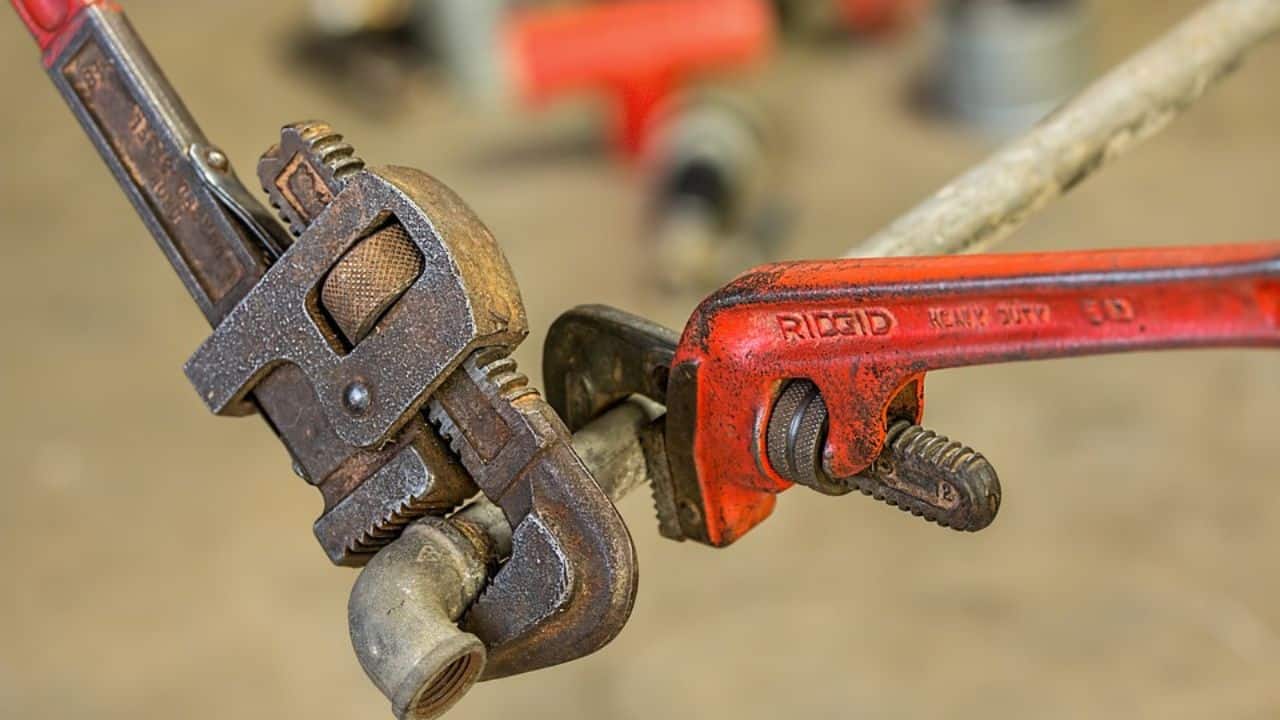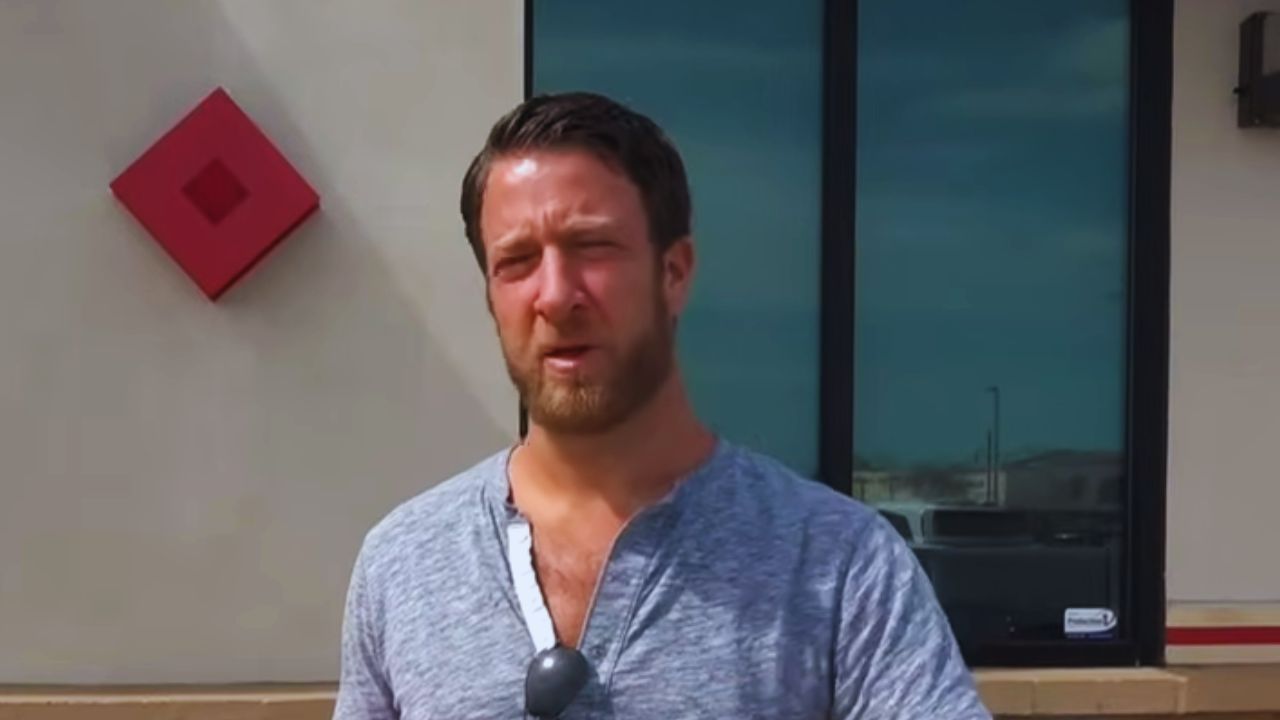Old or faulty plumbing fixtures, often hidden beneath the surface, can pose significant risks. Homeowners might overlook these threats until they become costly repairs or health hazards. Many fixtures, such as faucets, pipes, and toilets, may appear functional but could harbor issues that compromise safety and efficiency. Imagine a world where routine maintenance isn’t prioritized—pipes rusting and water pooling beneath fixtures without a single noise to announce their decay. Only when water stains appear on walls or ceilings do many realize something is amiss. Understanding the potential dangers presented by aging or damaged fixtures is essential for safeguarding not only your wallet but also the well-being of your household.
Identifying Potential Hazards
Recognizing the signs of old or faulty plumbing fixtures is crucial. Some common indicators include slow drainage, discolored water, or an unusual increase in water bills. Such symptoms can result from sediment buildup, pipe corrosion, or persistent leaks that go unnoticed. Proactively addressing these issues involves inspecting exposed pipes for signs of rust or leaks. Homeowners often rely on the expertise of certified Knoxville plumbers to conduct thorough assessments. Doing so can save significant costs associated with extensive water damage. Ignoring these indicators could lead to more serious repercussions, including extensive water damage and mold growth.
Health Risks from Lead and Contaminants
Old plumbing systems often contain lead pipes, which can leach into drinking water and pose severe health risks. Consuming lead-contaminated water can result in developmental delays in children and various health complications in adults. Despite improvements in modern plumbing standards, many homes still have lead fixtures from previous decades. Homeowners should test their water quality periodically to ensure it does not exceed safe lead levels. If lead is detected, replacing these fixtures should be a priority. Additionally, age-related corrosion can introduce other harmful substances into the water supply, compounding health risks. Homeowners must remain vigilant and keep testing to minimize exposure to these serious contaminants.
The Cost of Inaction
Neglecting to repair or replace old or faulty plumbing fixtures can lead to significant financial repercussions. Leaking pipes can waste gallons of water, leading to astronomical increases in water bills. Additionally, the structural damage caused by undetected leaks can result in costly repairs far beyond the plumbing itself. Mold remediation, for example, can add thousands to a homeowner’s expenses if left unchecked. Beyond immediate costs, long-term financial implications exist when homes fall out of the housing market due to extensive plumbing issues. Well-maintained plumbing helps maintain property values, while neglected systems can lead to depreciation. Delaying necessary repairs might seem cost-effective in the short term, but the eventual price could be unbearable.
Environmental Impact
Old plumbing systems also contribute to environmental concerns, particularly regarding water waste. Leaks and inefficient fixtures can significantly increase water consumption, straining local resources. With growing concerns over sustainability, it becomes essential for homeowners to evaluate their plumbing fixtures for efficiency. Transitioning to modern, eco-friendly fixtures and repairing leaks can drastically reduce water usage. Furthermore, addressing issues proactively can contribute positively to local water conservation efforts. Homeowners play a crucial role in preserving natural resources and ensuring that clean water remains accessible for future generations. In this respect, taking action against old plumbing is not just financially prudent—it’s an ethical obligation.
Typical Fixtures that Need Upgrading
Certain plumbing fixtures are more prone to wear and tear, necessitating regular inspection or replacement. For example, toilets often suffer from leaks and ineffective flushing mechanisms, leading to water waste. Similarly, faucets can wear out over time, causing annoying and wasteful drips. Showers and tubs, often overlooked, may harbor hidden mold and mildew if not maintained. Older water heaters can also become unreliable, risking scalding and inefficiency. Upgrading these fixtures can greatly enhance water efficiency in your home. Investing in modern solutions mitigates risks and adds value to your property in the long run.
Signs It’s Time to Replace Plumbing Fixtures
There are critical warning signs indicating a fixture needs replacement. Frequent leaks, persistent noises, or rust or corrosion suggest it may be time for an upgrade. Homeowners should also consider the age of their plumbing fixtures; replacement is advisable if they exceed their expected lifespan. Outdated energy ratings can also signal that newer, more efficient models are available. Ignoring these signs can significantly deteriorate your plumbing system, increasing overall maintenance costs. Ensuring that your plumbing remains in top condition is necessary for your property’s long-term value.
The Importance of Professional Help
While some plumbing tasks may seem manageable for homeowners, many issues necessitate professional expertise. Attempting to manage complex repairs without the necessary skills can exacerbate problems, causing further damage. Engaging certified plumbers ensures that repairs are done correctly and prevents future complications. Professionals have the right tools and knowledge to diagnose issues effectively and offer sustainable solutions. Homeowners should approach plumbing repairs with the mindset that not all problems can be tackled alone. By relying on certified plumbers, they can ensure their plumbing systems are safe and healthy. When in doubt, don’t hesitate to seek professional help to mitigate risks associated with faulty fixtures.
Investing in New Plumbing Fixtures
Investing in new plumbing fixtures can appear daunting, but it offers numerous benefits. Modern fixtures are designed with energy efficiency and performance in mind, often saving money on utility bills. Increased functionality can enhance home comfort, making daily activities more manageable and enjoyable. Furthermore, new plumbing installations can significantly increase a property’s value, an essential consideration for future homeowners looking to sell. Many retailers offer a range of options, allowing homeowners to select fixtures that complement their style and budget. You can focus on the long-term benefits by viewing this as an investment rather than an expense. Prioritizing this upgrade can safeguard your home against hidden dangers and promote a safer environment for everyone.
The dangers of old or faulty plumbing fixtures extend far beyond mere inconvenience. From health risks linked to contaminated water to environmental implications of water waste, recognizing and addressing plumbing issues cannot be overstated. By choosing to invest in maintenance, upgrades, and professional consultations, homeowners can safeguard their properties and promote a healthier living environment. A proactive approach will ensure that plumbing systems remain reliable and efficient, protecting the home and its occupants from potential hazards.












































